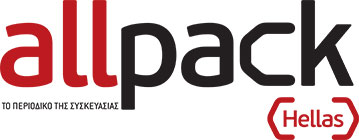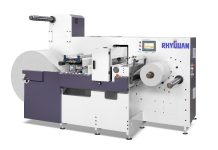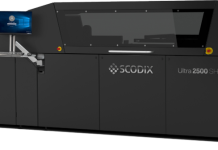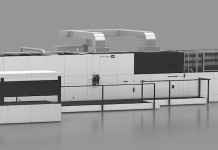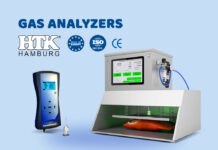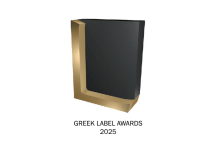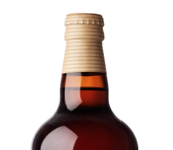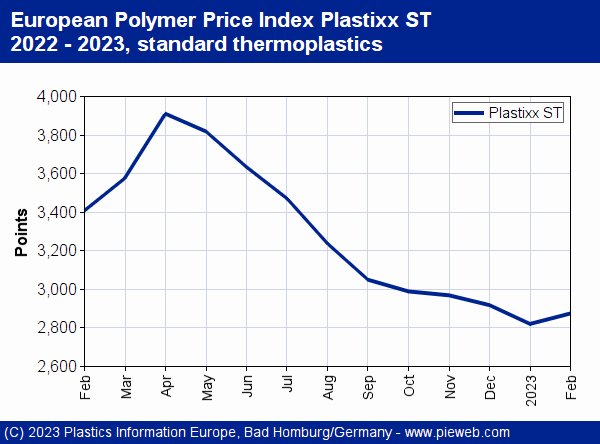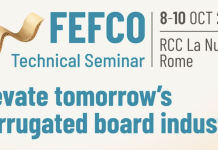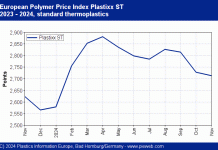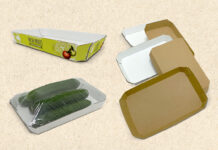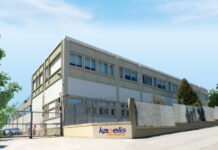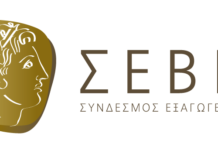PE: The industry has still not managed to pull itself from its vale of tears: production, demand, consumption – everything is weak. Converters are sensing just as little of that spring feeling as producers, and the eagerly awaited stock-building activities are simply not happening. Buyers are ordering only what they absolutely need – due not least to the fact that the overall price level has risen, with the C2 reference up EUR 85/t in February, triggered by the previous massive increase in the cost of naphtha. Things look particularly bleak in the beverage industry. Actually, it should now be starting pre-production beginning in April for warm summer months. But, evidently, nothing has yet happened. Industrial packaging and the mail-order business are also not particularly good, and the construction industry is very much in the Doldrums, too. It does at least look a little rosier in the automotive segment and in food packaging. In the case of the latter, preparations for Easter business are making themselves felt. And, as far as car sales are concerned, March typically represents a seasonal peak for new registrations. This lifted the mood in February, but it does mean that another cooldown can be expected in March. The cost of C2 feedstock has risen EUR 30/t in March, which will presumably also slightly boost polymer prices. Nevertheless, there is still a lack of incoming orders, which is why overall demand is unlikely to return to its normal level just yet. Generally speaking, it can be said that the lead time for incoming orders for converters has declined significantly. For many companies, this is making planning for the coming months much more difficult.
PP: The downward trend in PP prices that persisted for nine months, except for a slight rise in November 2022, has been halted, at least for the moment. In February 2023, the polymer began turned upward again on the back of a EUR 80/t increase in the price of propylene feedstock. Initially, producers insisted on passing through the cost increase in full, but over the course of the month most of the hikes began to shrink, and in the end many products cost only EUR 50/t more than in January. Homopolymer even saw a rollover. Orders from the automotive sector picked up slightly. Overall, however, demand remained weak as many buyers worked off inventories and only ordered enough to complete current projects. As Middle East imports lengthened availability of PP, cuts in producer output had little impact. March should have no major changes on this score, especially since automotive demand apparently is cooling again, and import volumes look likely to increase. The latter trend reflects weaker-than-expected Chinese demand, and Middle East producers are seeking new outlets for their product. In March, PP prices should experience slight increases, in particular because the monthly C3 reference increased EUR 30/t. Even if subdued demand serves as a braking factor, producers will still try to add in their higher monomer cost wherever they can.
PVC: After PVC prices had known only one direction since April 2022, the downward trend ended in February. Prices for PVC and compounds turned upwards, albeit only marginally. Producers attempted to price the pro-rata costs for C2 (up by EUR 85/t) into their offers but met with only limited success. Restrained demand coupled with a more-than-adequate supply kept prices in check. This is because sufficient material is still available to readily fulfil contracts despite the continuing curtailment of European production. Europe’s key export market of Turkey can also only accept limited deliveries at present following the devastating earthquake. Only minor price movements are expected for March, even if upstream product C2 increases in price by EUR 30/t. E-PVC pastes could prove to be the sole exception here, since market participants are expecting the high price level to give way in March, despite demand being pushed up by the building renovation and functional coating sectors. Overall, demand across all PVC materials is still below the normal seasonal level.
Styrenics: February was quite unspectacular and almost silent. After the modest EUR 10/t increase in the styrene reference, no price spikes were expected either way. By consequence, a cost passthrough or rollover was at the centre of polystyrene and EPS price discussions at the beginning of February. As the month progressed, however, weak demand increasingly put pressure on prices, adding a sprinkle of slight discounts. The situation was similar for ABS: while prices were initially in line with the increase in composite costs of EUR 15-20/t, some suppliers softened up to the idea of later on adjusting previous highs downwards. March is going to be much livelier. The tone is already set: as the costs for styrene production are getting out of hand, one producer voiced a desire for increasing PS and ABS prices even before the March styrene contract was published. However, the extent to which this goal can be achieved remains to be seen after the quite significant EUR 113/t drop of the March SM reference. All styrenics are now more likely to see discounts, although producers will probably try to retain some of the monomer cost reduction.
PET: The European PET producers’ hopes for prices stabilising evaporated rapidly at the start of February. After a long delay, the December reference for PX was announced at the start of the month. The pronounced three-digit drop immediately prompted corresponding demands for reductions on the part of customers. At the same time, aggressive import offerings forced their way onto the market. This flash in the pan was short-lived, however, and reductions were kept to a bare minimum over the course of the month, due in part to the earthquake in Turkey, which triggered an abrupt increase in demand for bottles. The bubbling volatility in the international markets drove European converters back to the reliably filled troughs of European suppliers. They frequently opted to be “on the safe side” when it came to meeting demand for the approaching spring season. Prices are set to stabilise in March. Offers for European and imported goods have moved closer together again and all sides are awaiting the start of the season in an optimistic mood. Suppliers are working on the basis of at least a rollover and perhaps a slight firming. The indications from the end markets suggest that they stand a good chance of being correct about this.
For more than 35 years, PIE has been an invaluable source of information for European plastics industry decision makers – a quick, yet in-depth look at the development of plastics markets and polymer prices. Available online 24/7 and as a printed newsletter twice a month. To read the entire report, go to www.pieweb.com and sign up for a 48-hour free trial!
